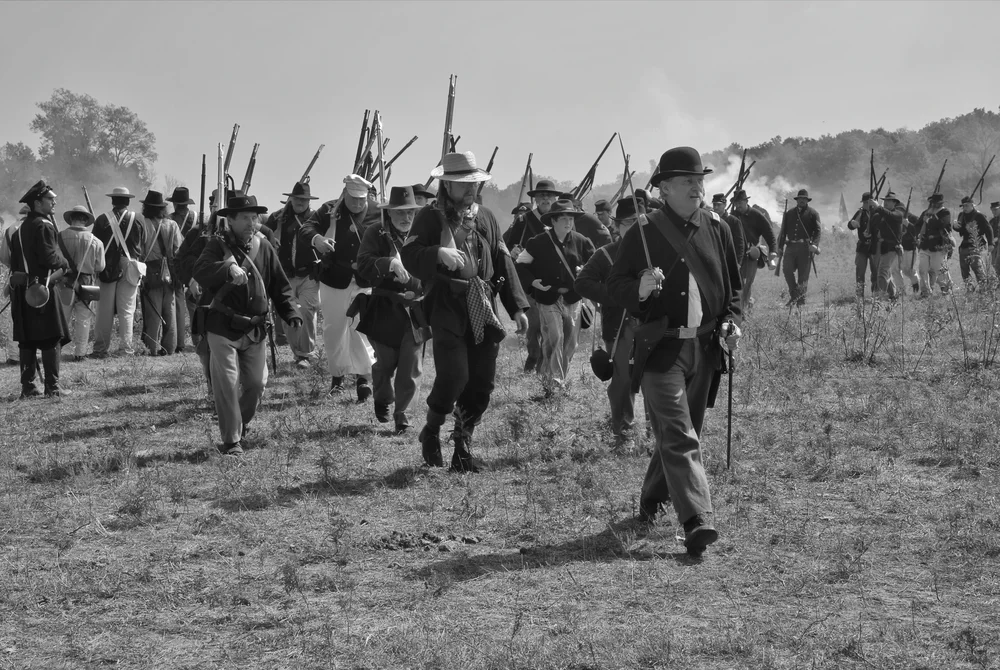Adolf Hitler’s rise to power
Adolf Hitler’s rise to prominence began in the newly established Weimar Republic in 1919. At the time, he was a member of the newly founded Deutsche Arbeiterpartei. He soon rose to prominence as one of the party’s most charismatic speakers. Despite threatening to quit the party, he eventually became its leader.
By the end of the 1920s, Germany had suffered from widespread unemployment and an economic depression. The Nazis took advantage of this situation and began winning elections. By July 1932, they had captured 230 of the 608 seats in the Reichstag. Soon after, Hitler was appointed as Chancellor of Germany. As he consolidated his power, the Nazi government gradually took control of every aspect of German life.
After completing his imprisonment, Hitler returned to Munich and began political work. In 1920, he joined a small party of German workers and was put in charge of the party’s propaganda. In 1922, he became a popular figure and rented beer halls to push his messages. He began to use themes like resentment against communists and betrayal of Versailles to rally his supporters.
His alliance with Alfred Hugenberg
Alfred Hugenberg was a businessman and co-founder of the nationalist Pan-German League. He entered the Prussian finance ministry in 1903, and served as chairman of Krupp’s board of directors from 1909 to 1918. In the interwar period, Hugenberg built up a media empire, acquiring a substantial share of Germany’s newspapers and wire services. He also owned a film production company called UFA. In the 1920s, he entered the Reichstag, where he became its leading propaganda figure. He launched vituperative campaigns against the Treaty of Versailles and social democracy.
Hugenberg was instrumental in helping Hitler win the war and was given a lucrative post as minister of agriculture and economics. In the 1930s, Hitler allied with the Nationalist Party, whose candidate Paul von Hindenburg was a popular war hero who easily won two terms in office.
The DNVP’s popularity increased during the mid-1920s. The party began participating in centre-right coalition governments and broadened its voter base. After the election of Paul von Hindenburg as Reichspraesident, the DNVP reclaimed reactionary nationalist rhetoric and favored authoritarian rule by the President.
His coalition government
The NSDAP, or National Socialist German Workers’ Party, was a right-wing political party that came to power in Germany after the First World War. Its members had anti-capitalist and anti-bourgeois ideologies and were aimed at eliminating all traces of capitalism. Hitler took advantage of this and joined the party. After joining the party, he began to spread propaganda and his propaganda helped him gain power. While in prison, Hitler also wrote his first book, Mein Kampf, which outlined his plans for Germany.
Hitler’s rise to power was further aided by the willingness of many party members to use violence. He also sought financial support from wealthy businessmen and presented their partnership as essential for defeating communism. The Nazi Party went on to engage in electoral battles and Hitler himself participated as a speaker and organizer. There were also street battles with the Communist Rotfrontkampferbund and SA.
Hindenburg was intimidated by Hitler’s popularity and refused to appoint him as chancellor. He appointed another party leader, General Kurt von Schleicher, to fill the gap. This new leader of the Nazi Party tried to undermine Hitler, but failed. He sought the support of several prominent businessmen, including the conservative National People’s Party.
His Gleichschaltung policy
Gleichschaltung policy was a government policy that Hitler implemented once he came to power. It aimed to bring the whole of German society under one government, and it gave Hitler complete control over different aspects of German life. It gave Hitler the power to eliminate groups that threatened his authority, and it made individuals feel their place within a larger whole. This policy impacted the lives of many people, especially the young.
To enact his Gleichschaltung policy, Hitler needed a majority of the Reichstag. But the KPD, which was already in power, didn’t have the two-thirds majority he needed. Consequently, the majority of KPD members were under arrest or living in exile. In addition, 94 members of the SPD defied intimidation and voted against the Enabling Act. Meanwhile, the German State Party, BVP, and DNVP all voted against the measure.
After establishing national control over the entire country, Hitler then enacted two additional laws to restructure state governments. The laws dissolved all previous state governments, and established a Reichsstatthalter in each state. These Reichsstatthalters reported directly to the Reich Minister of the Interior, Wilhelm Frick, and were responsible for implementing Nazi policies throughout their state.


